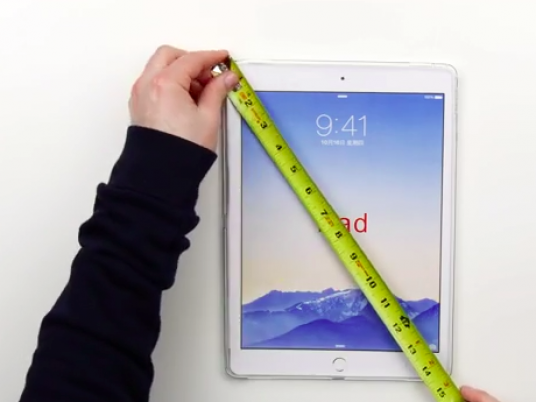
Ever since Apple announced the third generation model for its popular tablet, all eyes have been on the iPad — but health experts are warning that tablets, much like computers and smartphone screens, are contributing to a host of problems known as "computer vision syndrome."
According to the American Optometric Association, symptoms of computer vision syndrome, or CVS, include eyestrain, headaches, blurred vision and dry eyes.
Recent media reports from CBS News and Asian News International (ANI) reveal that you may have the syndrome and not even know it.
If you spend two or more continuous hours in front of a digital media screen each day, you are most at risk for CVS.
Why? Because digital media screens are often held close to the eyes, causing eye strain as your eyes shift in and out of focus to view pixilated images on the screens. Plus, some people don't blink their eyes enough when using iPads or other tablets, which can make eyes dry and irritated.
To reduce the risk, users should take a short break every 20 to 30 minutes and try to look away at a distant object for a few seconds. Also, avoid prolonged work on a tablet. Instead switch to a computer screen that is about 20-28 inches/50-71 cm away from your eyes, according to the American Optometric Association.
Dr. Matthew Gardiner, an ophthalmologist at Mass Eye and Ear Infirmary in Boston, told ANI that Apple's recent announcement of a new high-resolution screen dubbed "retina display" might help prevent some of the symptoms of CVS, "since users supposedly will be less able to distinguish pixels from one another," noted the article.
Doctors and chiropractors are also claiming too much time spent bent over mobile devices is causing a rise in a range of symptoms such as neck strain, headaches, and pain in the shoulders, and sometimes in the arms and hands — a syndrome coined "text neck."
